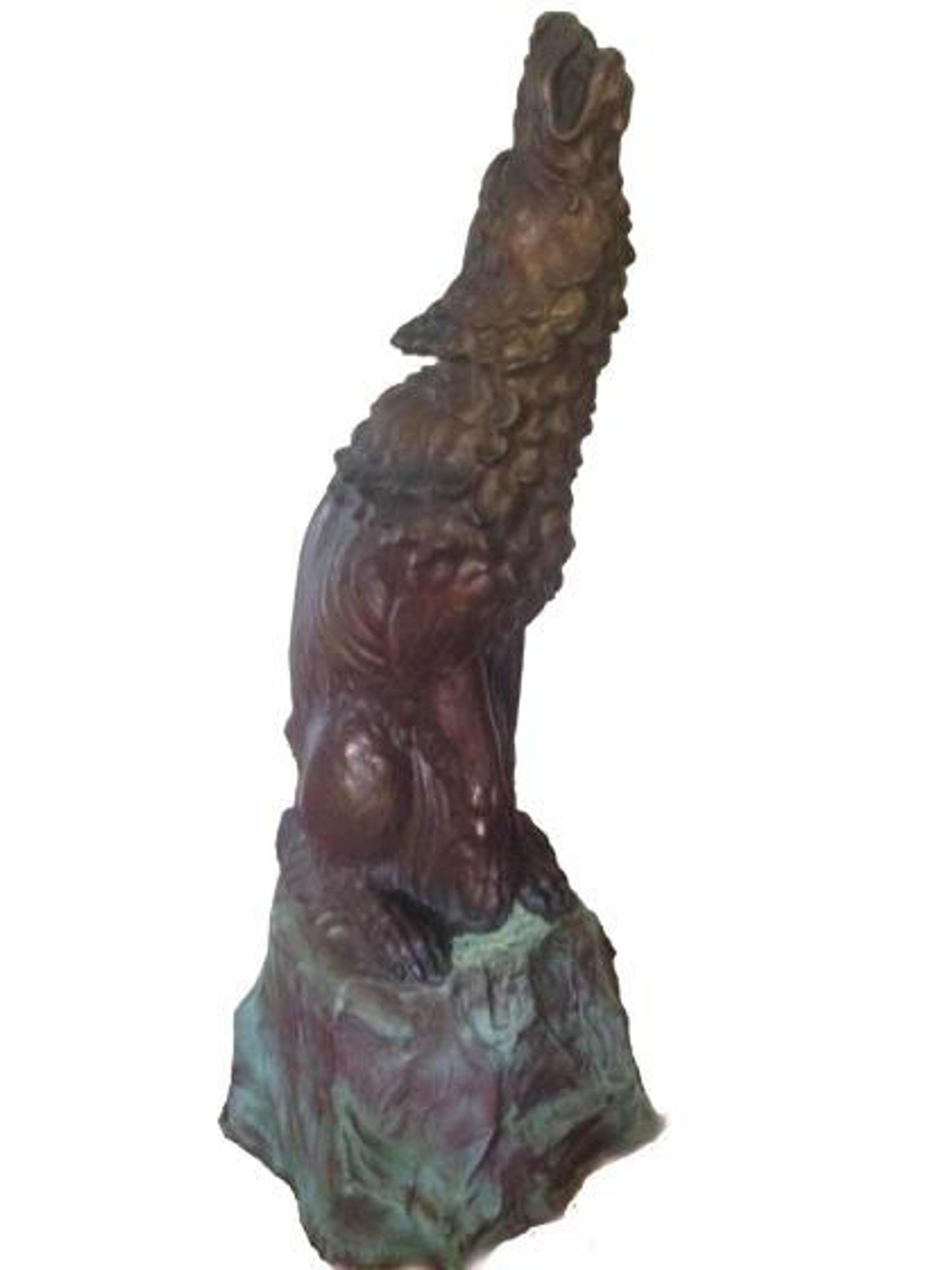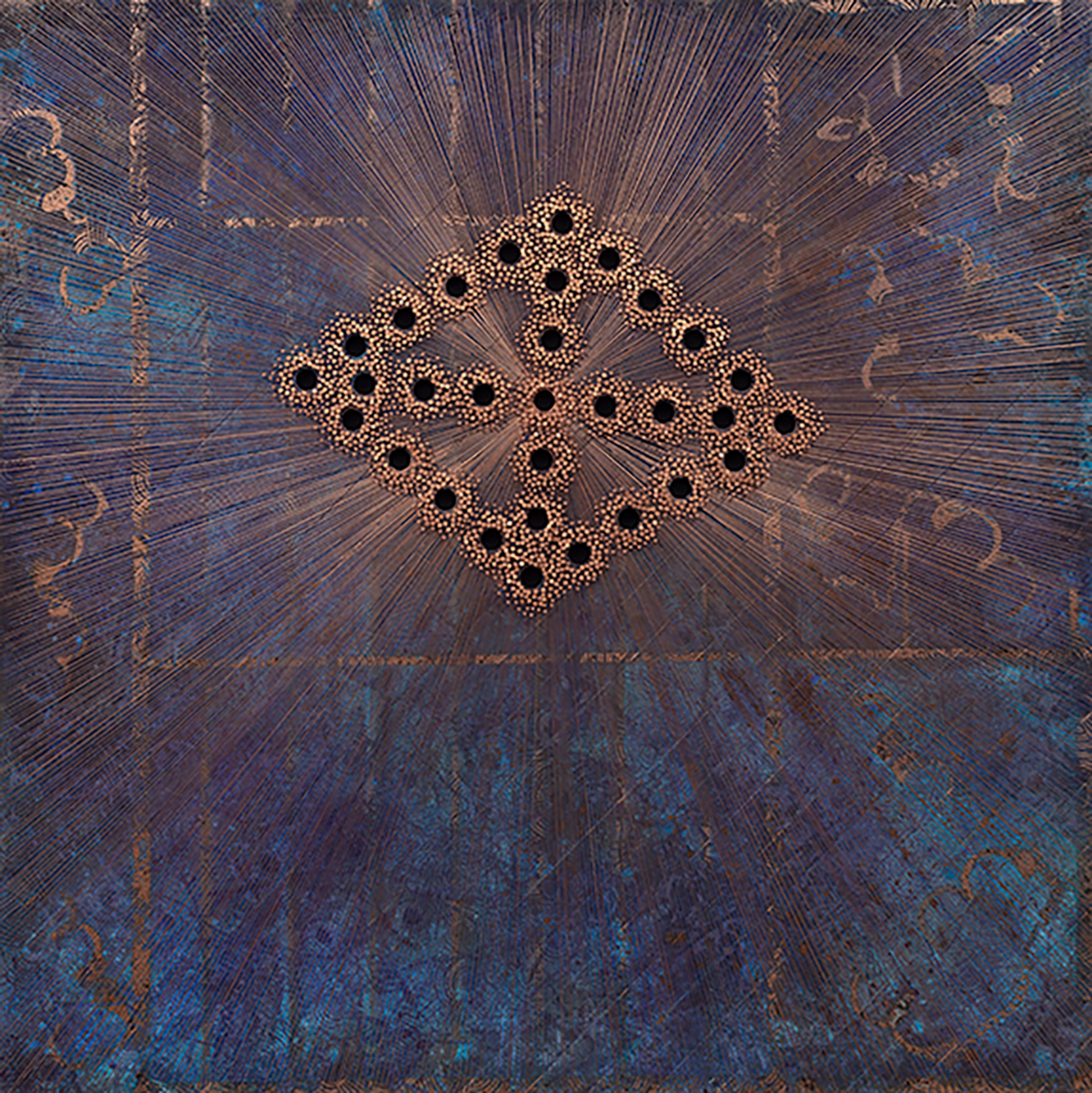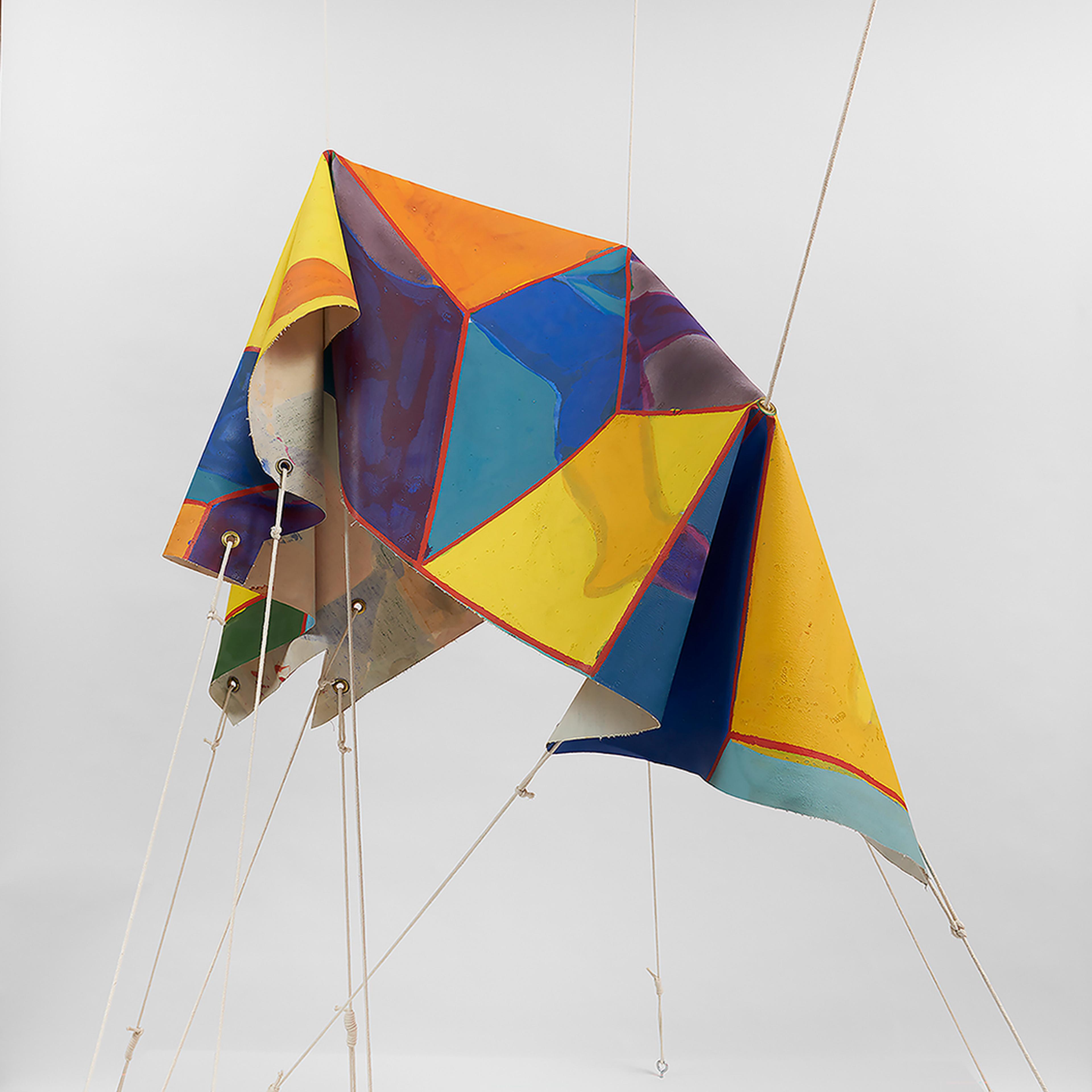
Theodore RoszakRectilinear Space Construction (Large)
About
After studying at the School of the Art Institute of Chicago, Polish-American artist Theodore Roszak was awarded a scholarship that allowed him to travel extensively through Europe between 1929 and 1932. During this sojourn, he encountered artistic movements that redefined the relation between art, technology, and society, such as Constructivism, Purism, and the Bauhaus. Roszak’s work synthesizes diverse materials such as brass, steel, wood, and plastic into experimental constructions. Rectilinear Space Construction (Large) features motifs found throughout Roszak’s sculptural work, such as its freestanding form and crescent-shaped body. Plexiglass was a recent invention in the 1930s and Roszak was enthusiastic to incorporate such new materials, stating: “The technical possibilities permit the expression of new plastic ideas and experiences.” As an early example of Roszak’s constructions, the work considers both the creative and utilitarian purposes of new technologies.
Artist
Theodore Roszak
Dimensions
16 x 6 x 6 in. (40.6 x 15.2 x 15.2 cm)
Credit Line
Art Bridges
Date
1932
Medium
Bronze, copper, and plexiglass on original wooden base
Object Number
AB.2023.3
Provenance
Artist; to Zabriskie Gallery, New York; purchased by private collector, (1978); by descent to Estate of Carol Feinberg; (EAB Fine Art Services, New York) to Delancey Holdings, LLC, New York, purchased by Art Bridges, 2023

